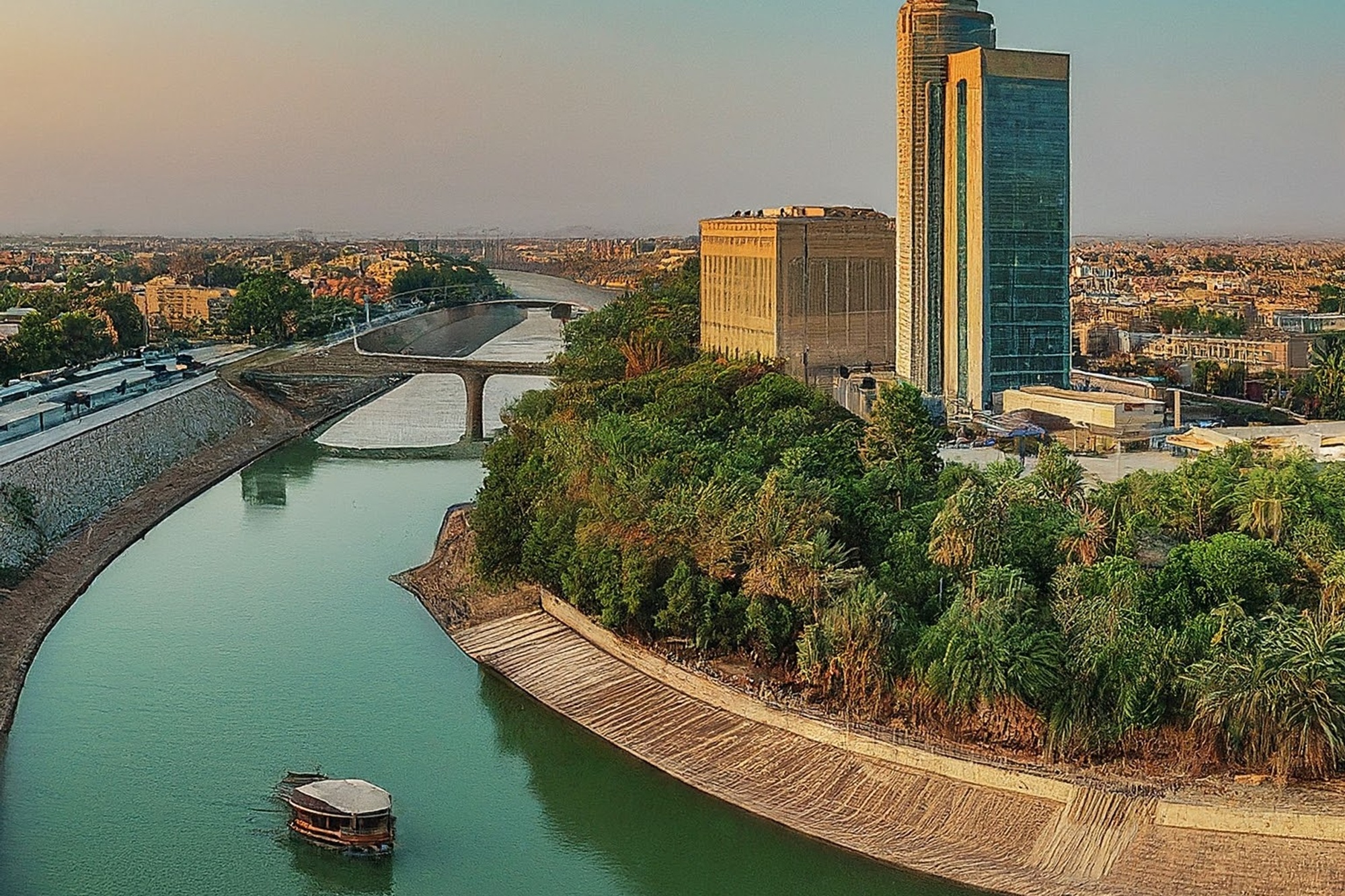The Tigris River: Lifeblood of Mesopotamia

The Tigris River: Lifeblood of Mesopotamia
The Tigris River, one of the two great rivers that define the Fertile Crescent, has been a source of life and civilization for thousands of years. Running through modern-day Turkey, Syria, and Iraq, the Tigris stretches approximately 1,850 kilometers, weaving through a landscape that has given rise to some of the earliest and most influential human societies in history.
A River of History and Civilization
The Tigris River, along with its sister river the Euphrates, formed the backbone of ancient Mesopotamia, often called the "Cradle of Civilization." This region, nestled between the two rivers, is where agriculture was first developed, cities were born, and some of the earliest known writing, law, and art were created. Civilizations like the Sumerians, Akkadians, Babylonians, and Assyrians thrived along the banks of the Tigris, relying on its waters for irrigation, transportation, and sustenance.
Cities like Nineveh, the ancient capital of the Assyrian Empire, flourished because of the Tigris, and its significance in the region’s history is immortalized in countless ancient texts, from cuneiform inscriptions to the Bible.
The Role of the Tigris Today
In the modern era, the Tigris River continues to be a vital resource for the nations it flows through. In Iraq, the Tigris is crucial for agriculture, drinking water, and industry, supporting the livelihoods of millions of people. Major cities such as Baghdad and Mosul lie along its course, with Baghdad’s iconic bridges spanning the river, connecting the city’s historic and modern quarters.
The river also plays a key role in Iraq's energy sector, with hydroelectric dams like the Mosul Dam generating significant portions of the country’s electricity. These dams help regulate the flow of water for irrigation, but they have also introduced challenges, such as altering the natural ecosystem and creating political tensions over water rights with neighboring countries upstream.
Environmental Challenges
Like many of the world's great rivers, the Tigris is under threat from environmental pressures. Over-extraction of water, pollution, and dam construction have all contributed to a decline in water quality and availability. Climate change has exacerbated these problems, causing more frequent droughts and altering the natural flow patterns of the river.
In Iraq, these challenges are particularly acute. The country has experienced significant reductions in water levels in the Tigris, which has harmed agriculture, displaced communities, and sparked concerns over the future sustainability of water supplies. Efforts to address these issues are ongoing, with international cooperation and sustainable water management being key components in preserving the river for future generations.
A Cultural and Spiritual Symbol
Beyond its practical importance, the Tigris River holds deep cultural and spiritual significance for the people of the region. In ancient Mesopotamian mythology, the Tigris was considered sacred, believed to have been created by the gods to sustain life. In Islamic tradition, the river is mentioned in several hadiths, underscoring its importance in the region’s religious history.
The Tigris has inspired poets, artists, and writers for millennia. Its serene flow and verdant banks have been depicted in countless works of literature, serving as a symbol of life, renewal, and continuity. Even today, the river is a source of pride and identity for those who live along its banks, embodying the deep connection between the people and their natural environment.
A Future of Hope
Despite the challenges it faces, the Tigris River remains a vital and resilient force in the region. Efforts to improve water management, reduce pollution, and protect its ecosystems are ongoing, and there is hope that with international cooperation and local commitment, the river can continue to sustain life for generations to come.
The Tigris is more than just a river; it is a lifeline, a link to the past, and a symbol of the enduring relationship between people and the land they inhabit. As the river flows through history and into the future, it reminds us of the vital role that natural resources play in shaping civilizations and the importance of protecting them for the well-being of humanity.